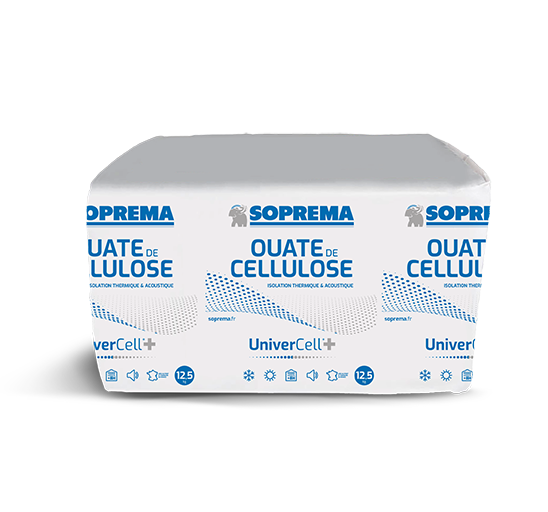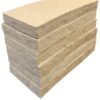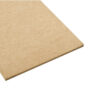UNIVERCELL+ Cellulose Insulation
£21.35 (inc. VAT £25.62)
UNIVERCELL+ is thermal and acoustic insulation made of loose, free cellulose fibres obtained from recycled and shredded paper.
22 in stock (Available for Backorder)

Cellulose Paper Insulation – What is it?
UNIVERCELL+ is thermal and acoustic insulation made of loose, free cellulose fibres obtained from recycled and shredded paper. It can be loosely applied, wet projected on vertical walls or can be blown in cavities with pneumatic blowing machines.
UNIVERCELL+ is used in new construction or renovation of:
- loft roof spaces
- infill insulation for walls, floors and ceilings.
Suitable for residential buildings, offices or public buildings, as well as industrial and commercial buildings with low or medium humidity.
Store on a flat surface, keep dry and protected from UV rays. Pallets may not be placed on to each other during storage.
Installation of Univercell+ Paper Insulation
UNIVERCELL+ is applied using a pneumatic device designed for cellulose insulation, equipped for carding and regulation of the air and material flow. The application of cellulose insulation is carried out in accordance with the recommendations:
- insulation of loft spaces
- insulation of vertical cavity walls
It is not allowed to bring cellulose wadding into contact with heat-emitting elements such as chimneys, recessed spotlights, extractor hoods, electric coils, transformers, motors and all other electrical appliances.
Always consult the local regulations and installation guidelines of the manufacturer.
Insulation of loft spaces by BLOWING
- UNIVERCELL+ is blown onto the floor or between the framework of the ceiling.
- The device setting need to be adjusted to achieve a density of 23 to 35 kg/m³.
- The thermal resistance is determined based on the usable thickness corresponding to the applied layer thickness, deducted with the settling and the density.
Insulation of vertical walls by BLOWING
- UNIVERCELL+ is injected under high pressure into a closed vertical cavity wall.
- The device settings are adjusted to achieve a density of 50 to 60 kg/m³.
- The thermal resistance is determined based on the thickness and the density.
Insulation of vertical walls by WET PROJECTION
- UNIVERCELL+ is applied under pressure combined with a small amount of water, on an open vertical wall.
- The device settings must be adjusted to limit the amount of water mist to be used and to achieve a density
between 40 to 50 kg/m³ when the insulation is dry. - The thermal resistance is determined based on the thickness and the density.
We have many years of experience in the industry and a technical department who are on hand to assist you with any questions you have regarding cellulose insulation or any other products or insulation systems we sell. Please don’t hesitate to get in touch if you need any assistance.



